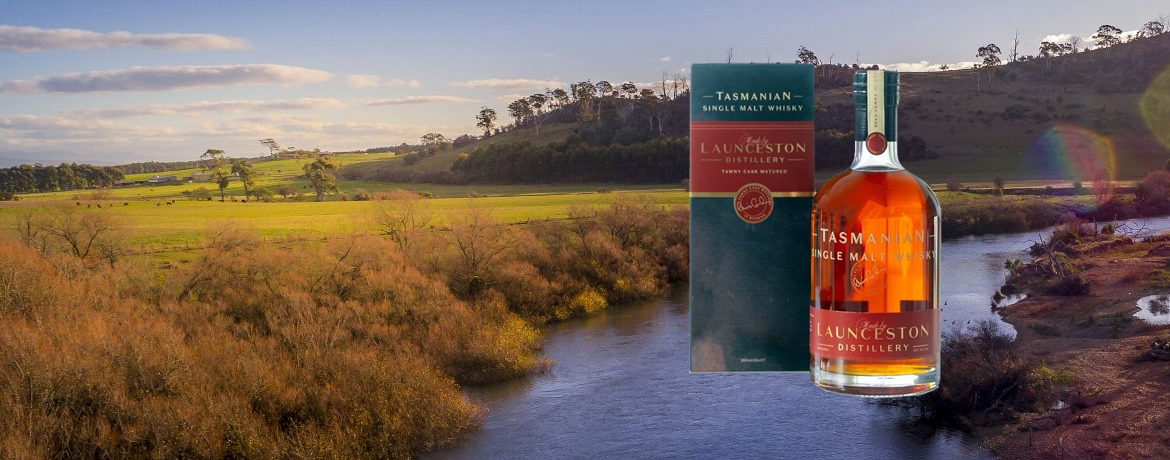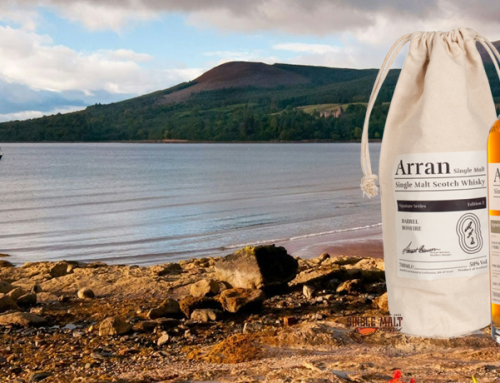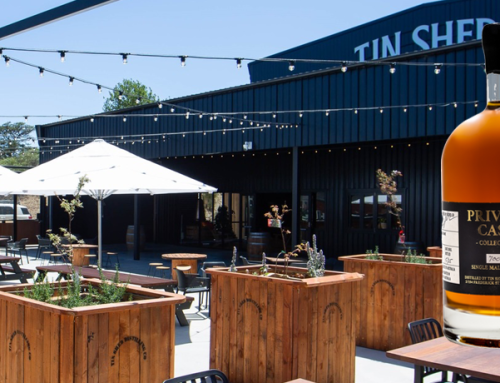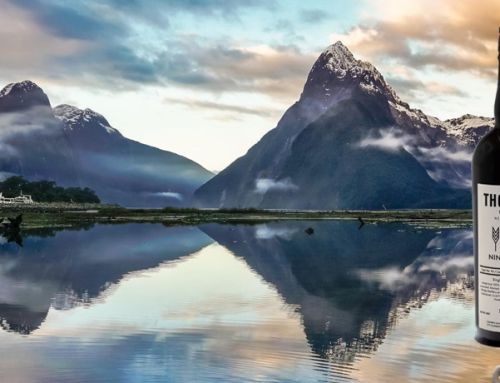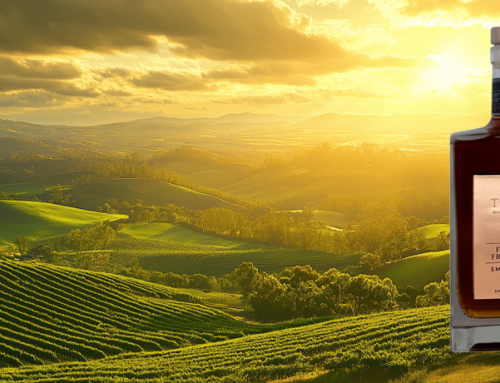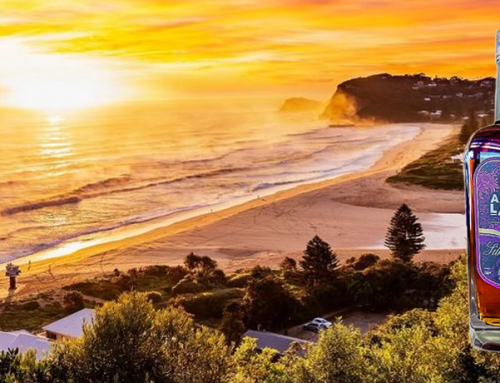Sometimes we get such a huge reaction to a whisky that it simply impossible to ignore. The Launceston Distillery’s Apera Cask we featured in June is such a whisky. As soon as it hit our members mailboxes, we were inundated with requests for more.. more … MORE!! And so – we listened. And so, for Christmas, we’ve decided to bow to our members requests and feature another luscious dram from this young Tassie up-and-commer. So it is with great pleasure that we announce our Christmas Whisky of 2019 – the Launceston Distillery Tawny.
Firstly, for those who are unaware, an explanation of the term ‘Tawny’. Back in 2010, Australian wine makers agreed to refer to all Australian made ‘Port’ as ‘Tawny’ to differentiate it from the European product. It was also agreed to refer to Australian made Sherry-style fortified wine as ‘Apera’.
The colour is superb – deep coppery burnt orange.
On the nose, the Launceston Distillery Tawny is sultanas and dried fruits, but with a refreshing apple and mint overtones. I get some cloves and other spices in there as well.
The palette is a bug Christmas pudding – all the stewed fruits and spices, sweet molasses and an earthy taste that counters the sweetness nicely.
The finish is long and warming and chewey with waves of fruit, spices, mulled wine and chocolate.
DISTILLERS NOTES
Launceston Distillery Tawny
ABV: 46%
Bottle Size: 500ml
Region: Australia
Peated: No
Non-chill filtered
Cask Type: “French oak casks previously used to age tawny fortified wine”
Colour: Deep Amber
Nose: A sweet pleasant nose, with dark chocolate, berries, raisins and toffee.
Taste: A smooth, rich mouthfeel is coupled with tawny-influenced flavours of dried fruit, Christmas pudding, cinnamon and clove.
Finish: A long, warming finish with sweet tawny flavours dominating.

ABOUT THE DISTILLERY
Launceston is no stranger to whisky production. Back in 1824 the Caledonian Whisky Distillery was built there and quickly became one of Australia’s leading spirit producers. Sadly, in 1839, the Distillation Prohibition Act was enacted – outlawing the distilling of spirits across the island, including Launceston’s Caledonian. The Launceston Distillery is the first [legal] distilling to be carried out in Launceston since the Prohibition Act was passed.
The Distillation Prohibition Act of 1839 is a bit interesting in itself. The Act is primarily attributed to the [then] Governor of Tasmania’s wife, Lady Jane Franklin’s hatred of drunkeness. Her (in)famous quote “I would prefer barley be fed to pigs than it be used to turn men into swine” convinced her husband – Governor John Franklin – to outlaw the distillation of spirits in 1839. Thus the 16 or so legal distilleries in Tasmania at the time were forced to close up shop. And so it stayed for around 150 years until Bill Lark famously went trout fishing, noticed how fantastic the climate and natural resources of Tassy matched traditional whisky producing areas and decided to have a crack at overturning the law.
Since the Act was overturned in 1992, as we all know, Tasmania’s whisky industry has gone from strength to strength winning countless international awards and becoming world famous for it’s whisky.


Situated at Launceston Airport, Launceston Distillery is located in historic Hanger 17. This hangar is Tasmania’s oldest aviation building still standing. Built originally by Tasmanian Aerial Services in 1933 – hangar 17 expanded over the years and host to some of the countries pivotal aviation companies – Tasmanian Aerial Services became ANA (Australian National Airlines) which later became Ansett. Hangar 17 could rightfully be said to be one of the homes of commercial aviation in Australia and pivotal in the development of our nation’s domestic airlines.
In contrast to the building it occupies – Launceston Distillery is a very young business. Conversion of Hangar 17 into the distillery was done in 2015. It uses all Tasmanian ingredients in it’s whisky production – even the stills are Tasmanian made. Of course, it uses Tasmanian coopered casks as well.
